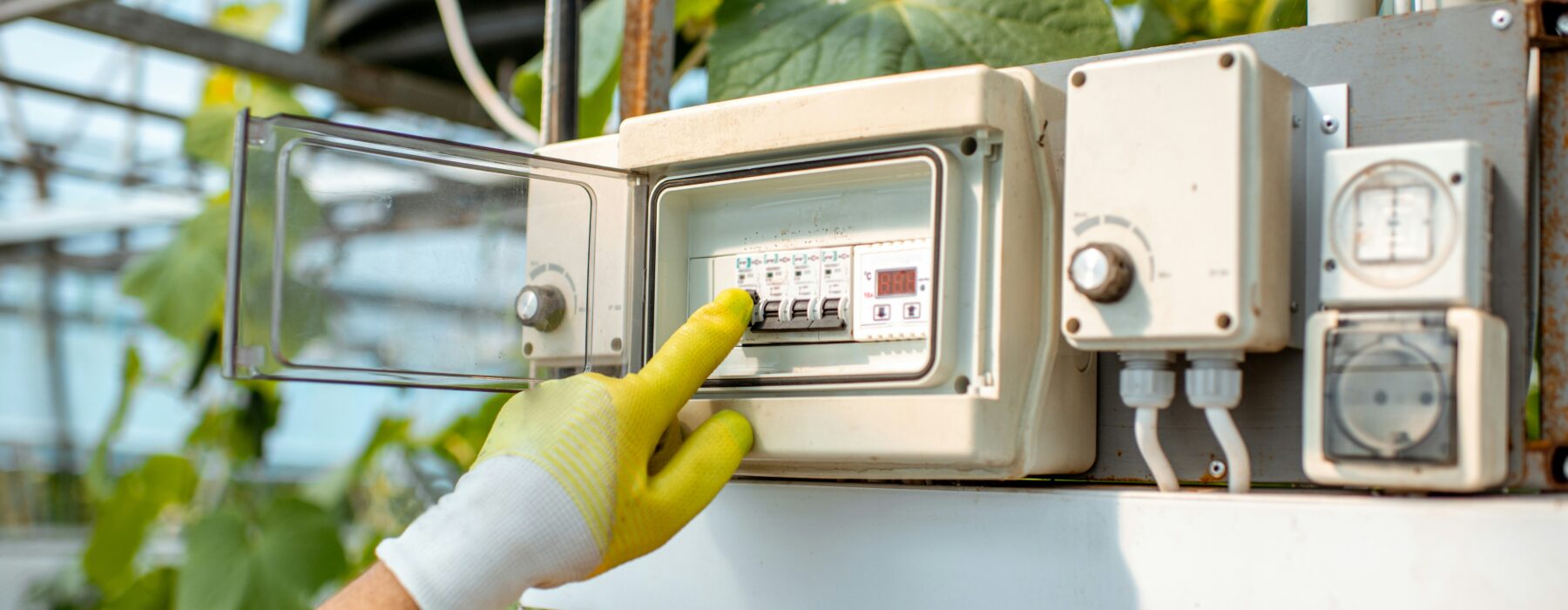This report explains how beneficial electrification in agriculture fosters a robust electric grid, reduces greenhouse gas emissions, and cuts energy costs for both consumers and utilities.
Introduction
Achieving a net-zero emissions future will require a significant expansion in the use of zero or low-carbon electricity. This transition will demand an economy-wide shift, including in the agricultural sector. If “electrify everything” is the answer to increasing the use of clean electricity and reducing emissions, “beneficial electrification” is the key to making that shift while ensuring grid reliability and limiting customer costs.
In 2022, the agricultural sector produced 10.0% of total U.S. greenhouse gas (GHG) emissions—equivalent to 635.8 million metric tons of carbon dioxide (CO2 ). While most agricultural emissions are attributable to livestock and soil management practices, fuel combustion still contributes 6.4% of national agricultural emissions. This varies significantly by state, with fuel combustion making up 7.6% of agricultural emissions in California and 17.3% in Delaware. Fortunately, electric utilities across the United States are offering significant rebates and special rates to encourage a transition to efficient electric equipment. However, these programs often overlook the agricultural sector, focusing instead on residential and commercial customers. This report explores the need for additional education and policy solutions to ensure farms and agribusinesses can access these cost-saving incentives and contribute to the clean energy transition.
Electrification removes dependence on fossil fuels by exchanging fossil-fuel-powered tools and equipment for electric versions. Electrification is considered beneficial when it lowers costs, reduces emissions, and facilitates better grid management. Replacing fossil fuel combustion with electricity consumption usually increases the overall energy efficiency of an activity, meaning an electric-powered device requires less energy to complete the same task than its fossil fuel-powered counterpart. In addition, electrified equipment can be coupled with special electric rates intended to modify energy consumption behavior, also known as demand-side management or demand response, that lowers the cost of electricity and allows increased reliance on renewable energy. When paired with continued growth in renewable energy generation, beneficial electrification can reduce emissions even as global energy consumption increases.
Electrification is already reshaping energy sector policies and practices. In 2022, the transportation sector accounted for 28.4% of all GHG emissions in the United States. The Congressional Budget Office of the United States predicts transportation-related CO2 emissions will decrease by 9% over the next decade, largely due to efforts to electrify passenger vehicles through the adoption of plug-in hybrid and fully electric models. In the agricultural sector, utility programs that encourage electrification can reduce emissions while providing additional benefits to both farmers and utilities in the form of more efficient electric consumption, lowered long-term costs, and better electric grid management. Additionally, it is common to find underserved communities and those with low incomes located near agricultural employment opportunities. By reducing emissions, electrification can also mitigate the air-quality impacts of agricultural vehicles and machinery on the local community.
Utilities that offer programming tailored to specific agricultural end uses, such as grain drying and irrigation, are most effectively expanding beneficial electrification on farms and in the agricultural industry. Good examples of such programs can be found at rural electric cooperatives, which have historically served agricultural operations. However, programs specific to agriculture are also emerging at larger electric utilities across the country. Where utility programs do not encourage agricultural electrification, it is useful for stakeholders to better understand the issues, opportunities, and unique challenges and solutions for farm specific electrification to advocate for program development.
This report highlights the opportunities and challenges associated with meeting electrification goals in the agricultural sector and the role electric utilities can play in overcoming these challenges. It is intended to assist thought leaders in the agricultural industry attempting to secure new electric rates and incentives designed to accommodate the needs of working farms and agribusinesses. It describes the range of agricultural electrification and demand response programs currently offered by electric utilities in the United States and provides insight into how stakeholders might overcome the special challenges presented by existing programs. This report offers valuable insights for public utility commissions, electric utilities, state and local energy offices, organizations, and other stakeholders interested in improving the economic and environmental sustainability of agricultural operations.
Section I of this report addresses the definition of beneficial electrification and its role in electric grid management, emissions reduction, and decreased costs. Section II describes the role of electric utilities in encouraging agricultural electrification. Section III explores the types of agricultural end uses ideal for electrification and provides examples of utility incentives specifically designed for each end use. Section IV discusses special challenges arising in the context of agricultural electrification and opportunities for successful program design. Section V provides recommendations for discussions with legislators, public utility commissions, and utilities and introduces a searchable database of utility programs encouraging beneficial electrification in agriculture, available at farmandenergyinitiative.org.
Acknowledgements
The following student authors at the Institute for Energy and the Environment also contributed significant research and writing to this report: Noah Corbett JD’24; Belen Delgado-Mio, Clean Energy Intern; Trent Hagedorn JD’24; Nicolas Harris JD’24; Alec Kerestedjian JD/MERL’24; Lauren Kobayashi JD/MERL’24; Sarah Pardee JD/MERL’23; Jacquelynn Perez JD’25; Peyton Renard JD’24; Sonja Rzepski JD’25; Jon Small AJD/MERL’24; Caroline Smith JD’24, Ryan Sterling JD’24; and Bobby Turner JD/MERL’23.
This report was made possible by support from the National Agricultural Library, Agricultural Research Service, U.S. Department of Agriculture. The report also benefited from the editorial review of Mark James, Interim Director of the Institute for Energy and the Environment at Vermont Law and Graduate School. It also benefited from editorial and design support from several members of the Center for Agriculture and Food Systems at Vermont Law and Graduate School, including Laurie J. Beyranevand, Director and Professor of Law; Lihlani Nelson, Deputy Director and Senior Researcher; Claire Hermann, Senior Communications Manager; and Lindsey Cole, Program Manager and Research Fellow.
Suggested Citation
Marnie Avila Alvarez, Genevieve Byrne, & Will Fridlund, Farm and Energy Initiative, Energizing Agriculture: Policy Opportunities for Beneficial Electrification on the Farm (June 2024).


